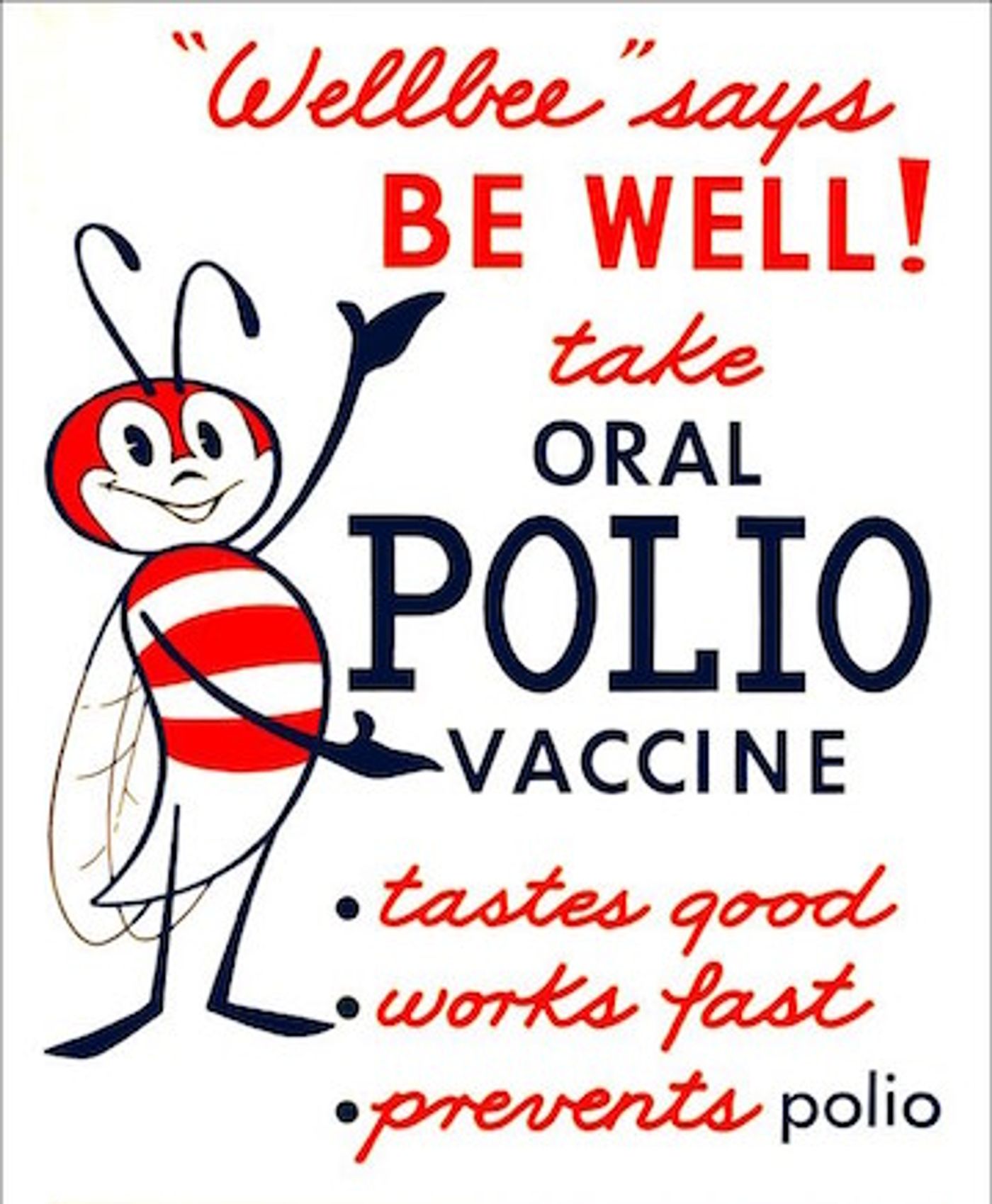Researchers led by Olve Peersen, a professor in the Department of Biochemistry and Molecular Biology at Colorado State University have designed a genetic modification to one kind of coxsackievirus that attenuates its ability to replicate, mutate and cause disease. The investigators think this work may lead to a vaccine for this and other, similar viruses.
Publishing in The Journal of Biological Chemistry, in collaboration with Marco Vignuzzi at the Pasteur Institute in Paris, the scientists wanted to understand how single-stranded RNA viruses, a group that includes Zika, coxsackievirus, poliovirus, and dengue, are able to replicate.
The research team worked with the coxsackie B3 virus, which causes heart disease, and is closely related to the coxsackie A viruses, which cause hand, foot and mouth disease in children.
The RNA of coxsackieviruses encodes for only about a dozen proteins, one of which is the enzyme responsible for making new copies of the virus.
The new study builds on earlier work in which Peersen’s team discovered the exact chemical steps by which the virus genome is copied. During this process, an RNA polymerase makes three or four mistakes at random that allow the virus to keep evolving and surviving.
The researchers have now designed a way to "outsmart Mother Nature," Peersen said, by reengineering an important part of the polymerase so the virus cannot rapidly grow in a cell. The technology might pave the way to a so-called live-attenuated vaccine. Such vaccines use a weakened version of the virus that is purposely injected, triggering an immune response and the production of antibodies rather than cause disease.
Jonas Salk created the classic live-attenuated vaccine, for poliovirus. This process, however, isn't foolproof. Such a simple, small RNA genome allows viruses to make millions of copies in only days, and many of those copies contain errors or mutations, that slightly alter the viral RNA and any of them could restore its ability to cause illness. That's one explanation for why RNA viruses are so tough to eradicate, and why some vaccines can cause sickness in some recipients.
To reduce the chances of a vaccine-induced infection, the researchers altered one specific amino acid in the RNA polymerase from a phenylalanine to a tryptophan.
They first demonstrated that the tryptophan reduces mutations made by the polymerase, thus reducing its ability to cause disease. Second, if the virus tries to mutate the alteration the investigators have made, then it can no longer replicate, and the virus self-destructs. For this reason, the researchers have called their alteration a "genetic poison pill."
The study is essentially a proof-of-principle that could theoretically be extrapolated to other, similar RNA viruses, including those that have been linked to asthma and to foot-and-mouth disease and is a serious animal health concern in Europe and South America.
"We think it's going to work, but we have to show that it will," Peersen commented. "Trying to outsmart Mother Nature is pretty daunting, especially in these viruses. There are ways that things happen you never anticipate, and the virus finds a way to survive."
For more information about coxsackieviruses, check out the short video above.
Sources:
The Journal of Biological Chemistry,
AAAS/Eurekalert! via
Colorado State University










